I threw a picnic in our garden the other day. We were busy with all…
What is a buttercross?
The first time I saw a buttercross was when I watched a Poirot episode, the “Cornish Mystery” where Inspector Japp was munching a cornish pasty under (or in front of) a buttercross. The strange building in the middle of the main street (market place) struck my attention immediately.
What is a buttercross?
English market towns used to have a buttercross. Before 1200 markets were held on Sundays in the churchyard. Farmers, peasants were living in the countryside on their land outside of town, therefore they had to go to town to sell their products. From, the 13th century onwards, markets were held on weekdays and moved to the market place and in the 15th century they stopped selling anything in churchyards. So that the Lord blesses the business and products are sold well, buttercrosses or market crosses were erected in the middle of market places. The difference between them – as far as I could figure out – is that a buttercross is a small type of shed with some columns where people used to sell butter, milk and eggs, while the market cross is a cross with a few steps and the market was laid out around it. Buttercrosses survive mainly in Yorkshire and Lincolnshire (no wonder as these are huge agricultural areas), there are a high number of them in the Midlands and in the South West (Somerset, Dorset) as well due to the same reason.
Witney, Oxfordshire
For the time being I managed to visit a few buttercrosses only as there are only a few in the Home Counties and in Suffolk and Norfolk. One of them is the beautiful one of Witney in Oxfordshire giving the town a unique ambience. Apparently, the original buttercross was a stone cross with a few steps and the roof and pillars were built around it later in 1606 when a local gentleman, Richard Ashcombe donated 50 pounds to the town. The clocktower which also contains a sundial was added later, in 1683 at the request of a local wool merchant, William Blake of Cogges. Standing under the buttercross makes you see how old the timber beams and the building itself are. Spending some time there I could imagine and see how people would stand there selling butter, eggs, milk and other products…
Chichester, West Sussex
The buttercross in Chichester has a completely different style, it is much more ornate and elegant, perhaps because it was donated by bishop Storey in 1501. Until 1746 the dials on the clocktower were square and were changed to round ones later. This is a charming little building which makes the whole town more interesting and typically English.
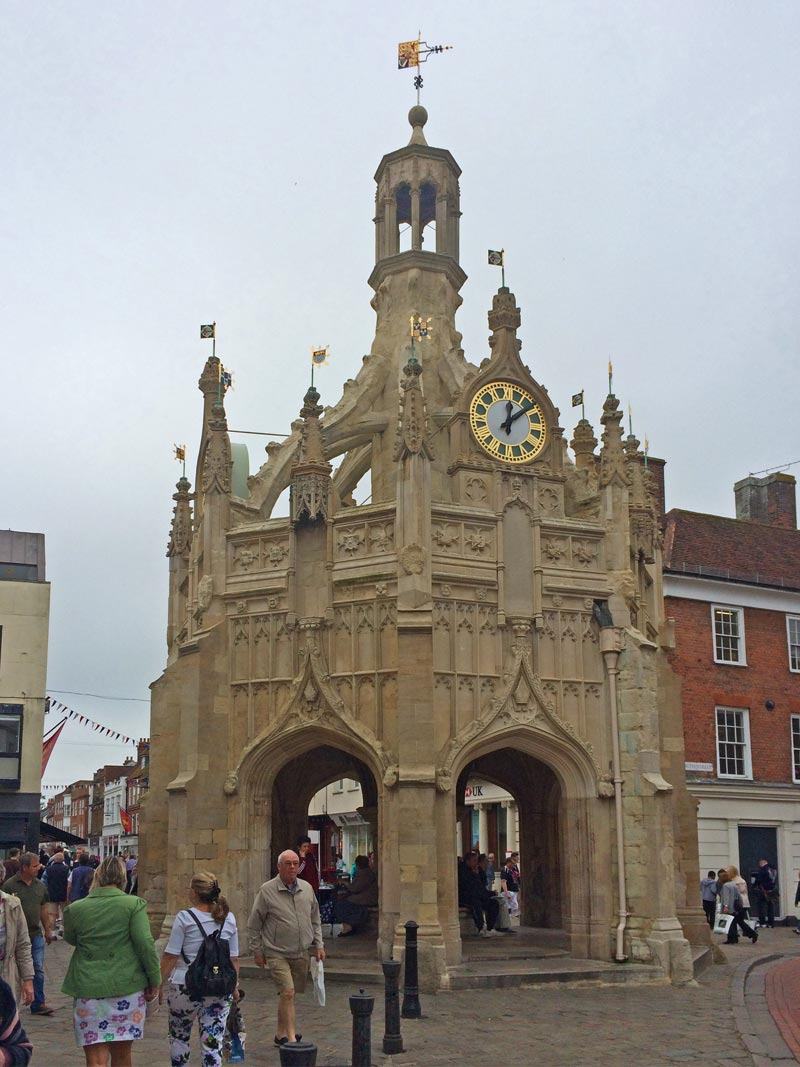
Winchester, Hampshire
In Winchester, you would find that the buttercross is much smaller compared to the above two. I doubt people were standing beneath it selling anything as there is simply not enough room there to stand for more than one or two persons. I would guess people used to sell standing on its stairs and around it. Interestingly the buttercross survived Cromwell’s destruction. In 1770 a wealthy local man, Thomas Drummer thought the buttercross would look good in his garden and decided to remove it, but the locals defended their beloved buttercross. The Victorians restored it in 1865 as the buttercross was not in a good state.
Dunster, Somerset
The buttercross from Dunster, which is in Somerset, (but the Poirot episode was meant to be in Cornwall, so this was an application of “Artistic license”!). The Dunster buttercross was probably built by the local thread merchant family, the Luttrells. The bells of the clocktower ringing, indicated the market was opened…
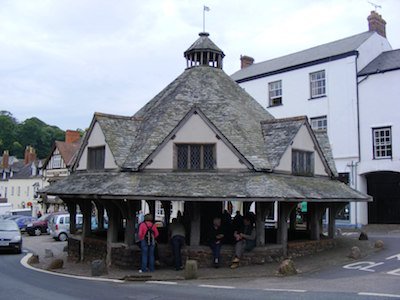
Bungay, Suffolk
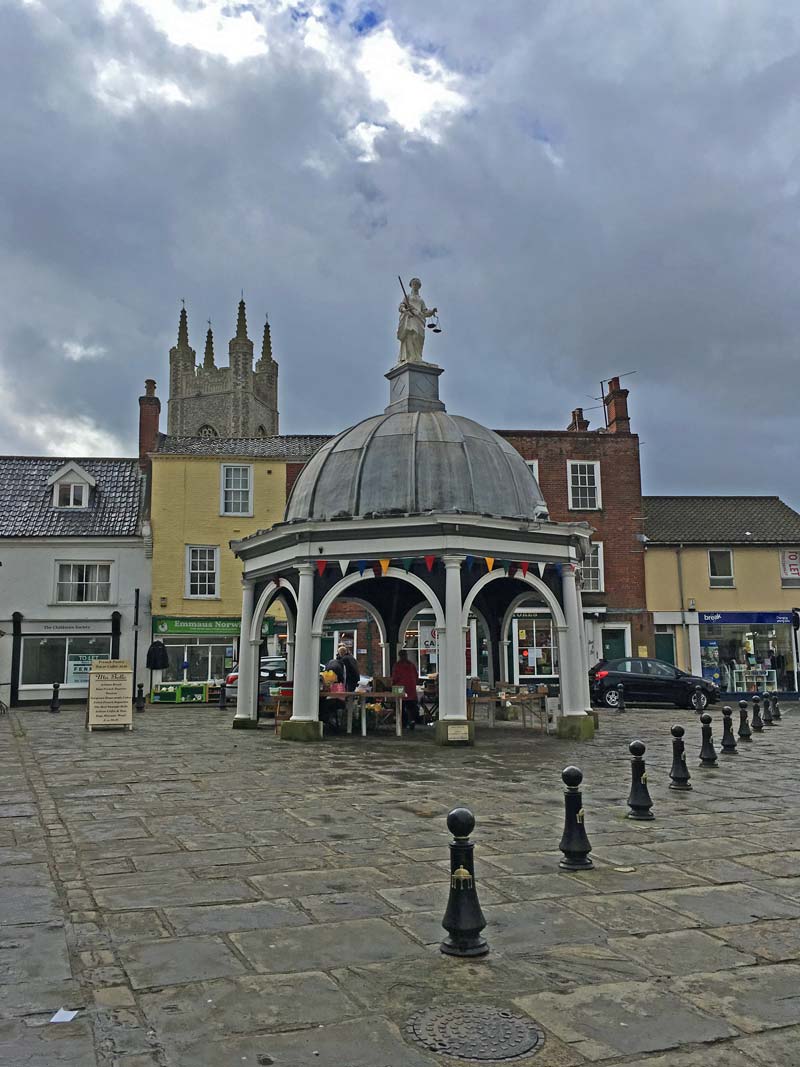
Swaffham, Norfolk
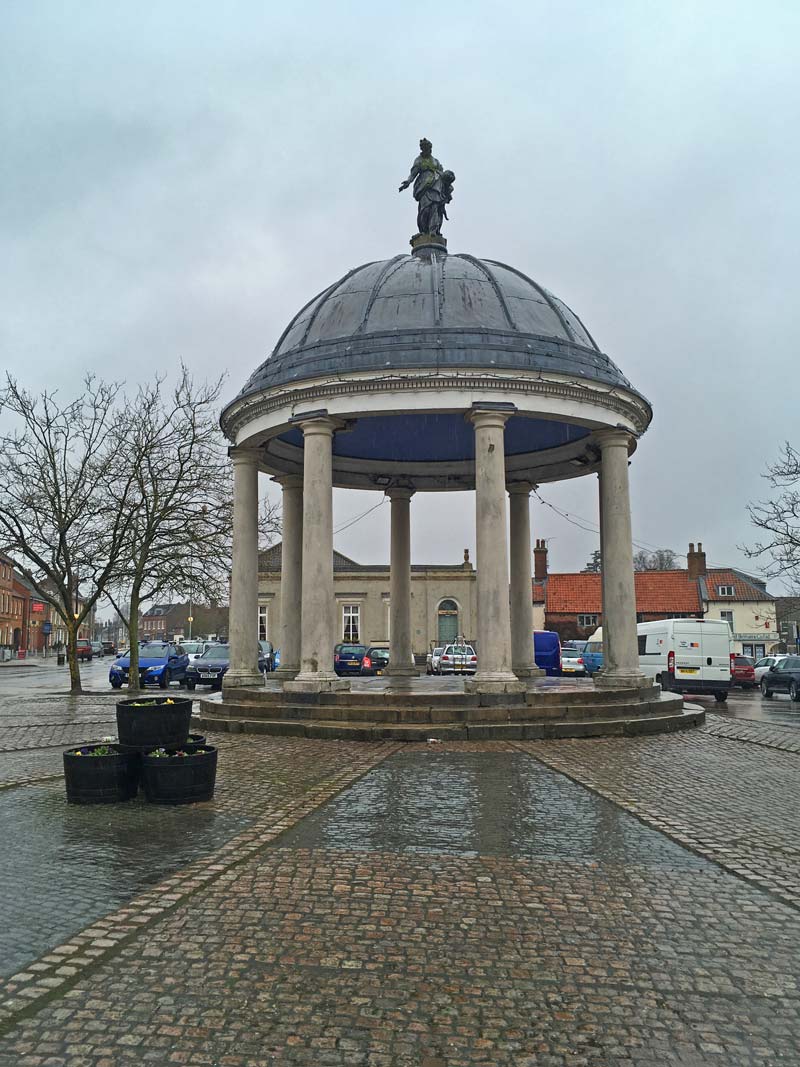

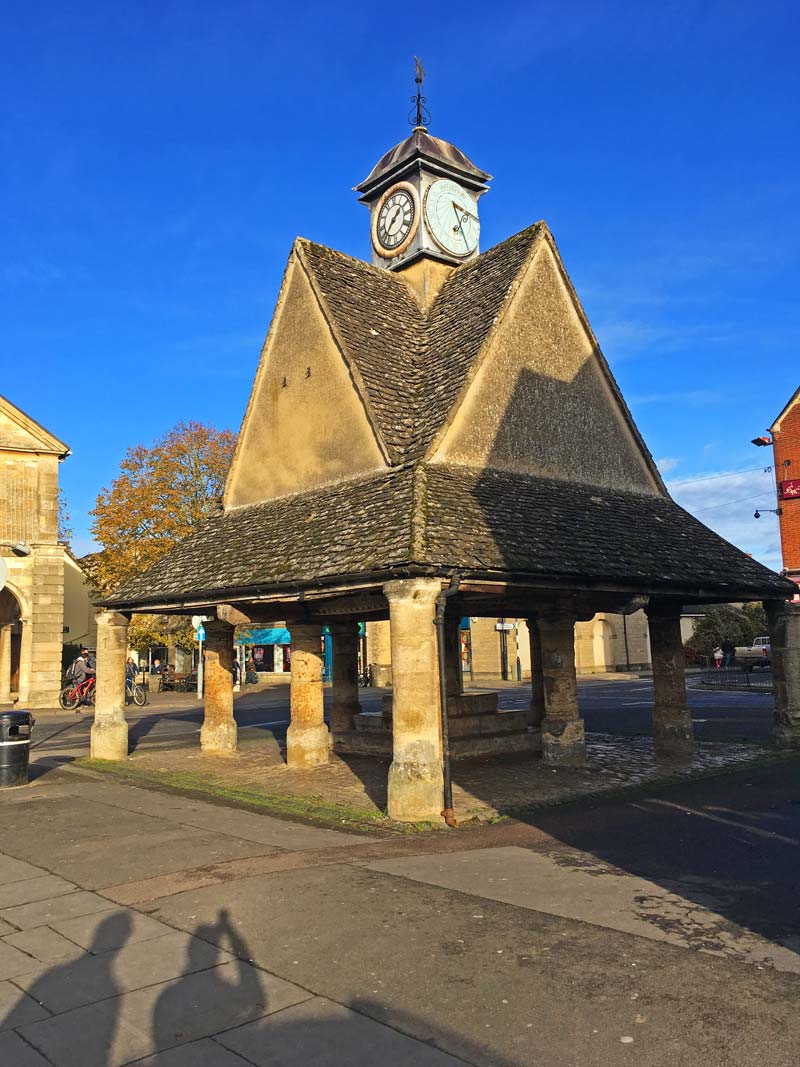
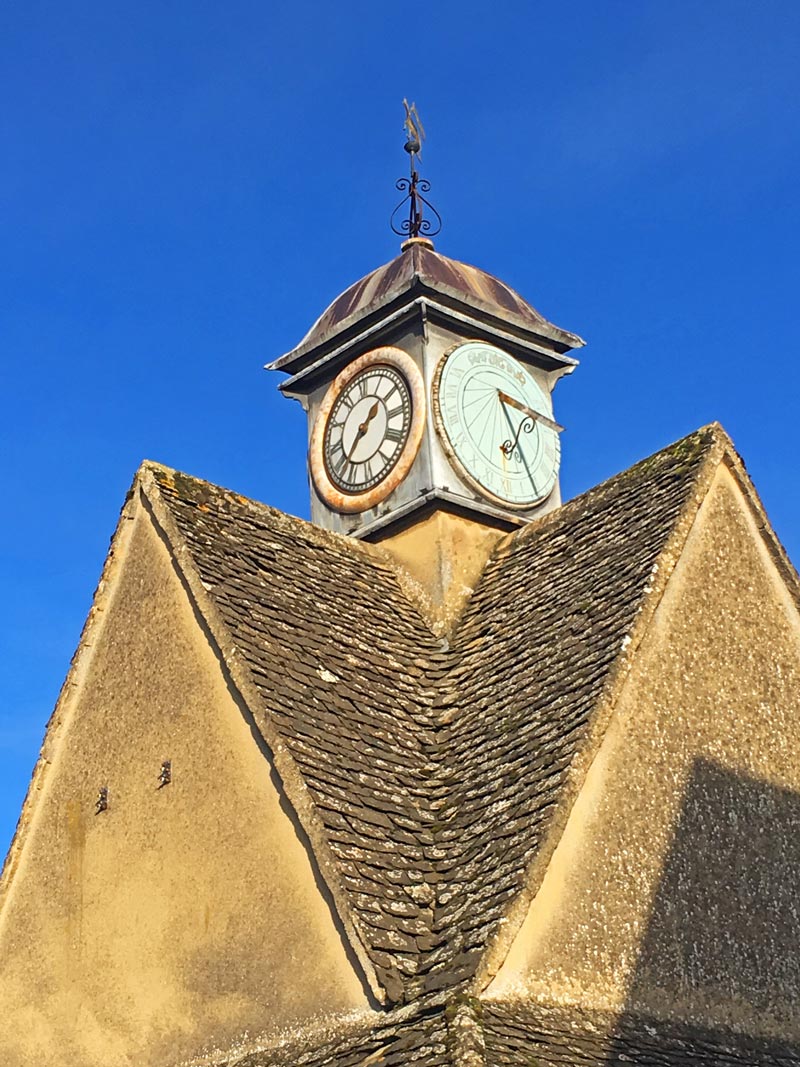
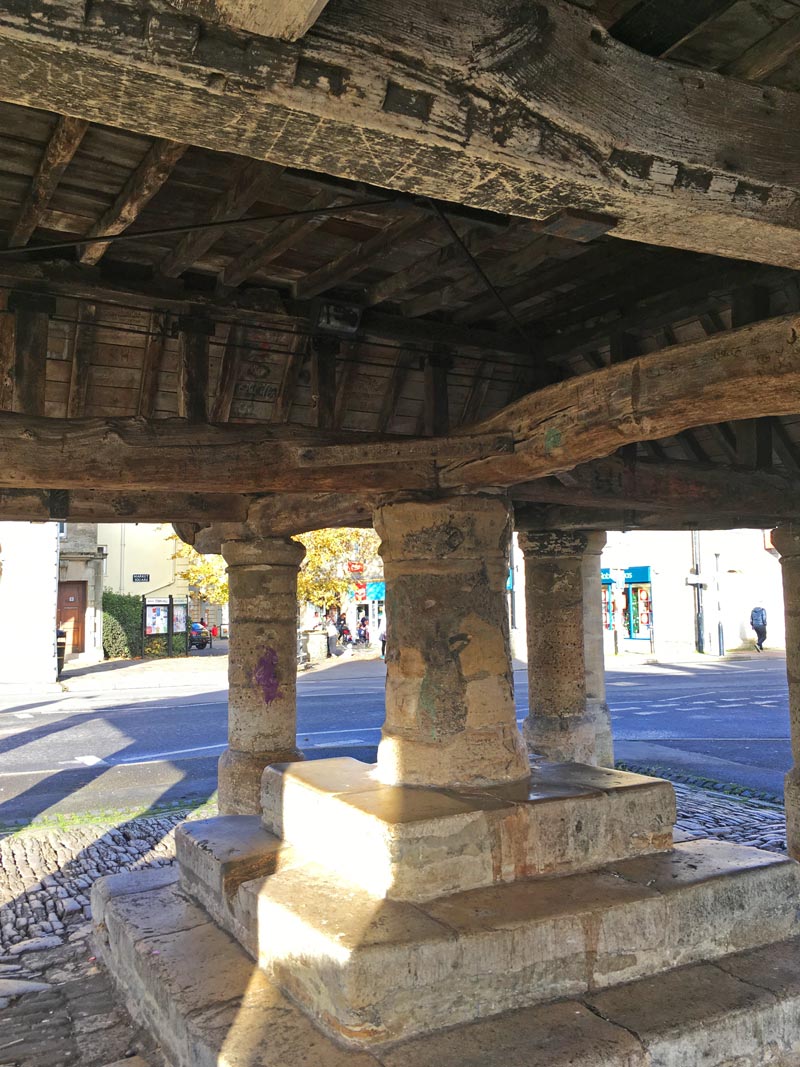
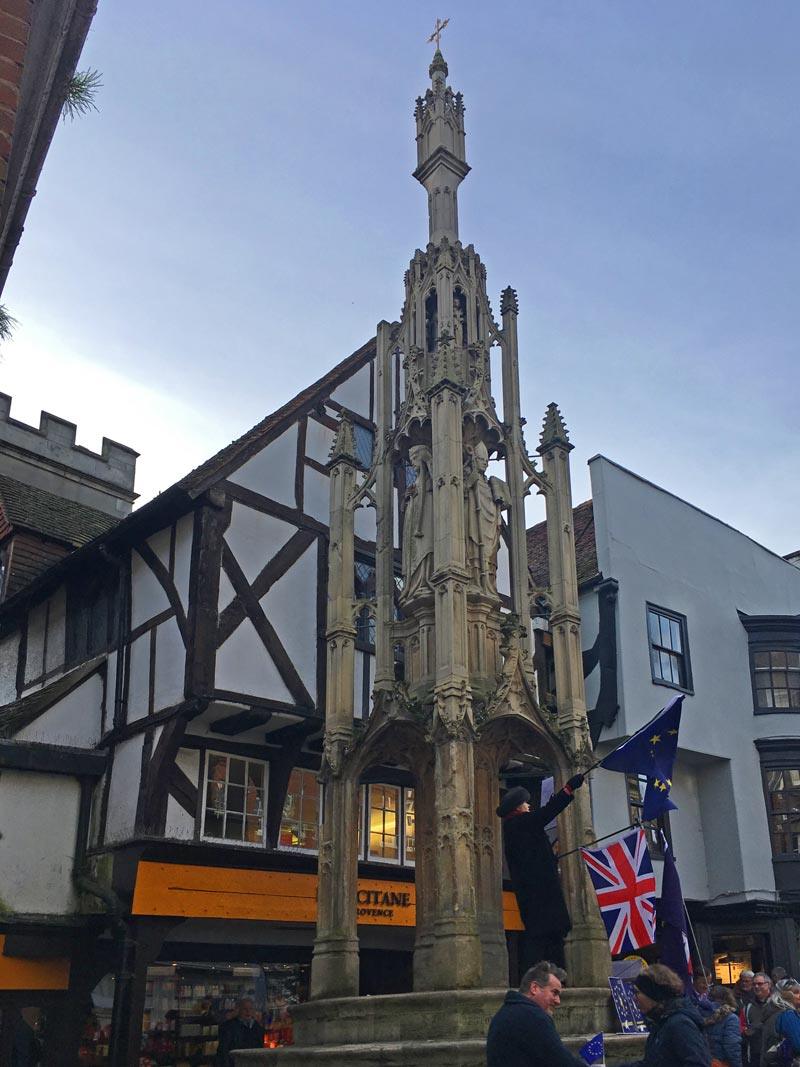
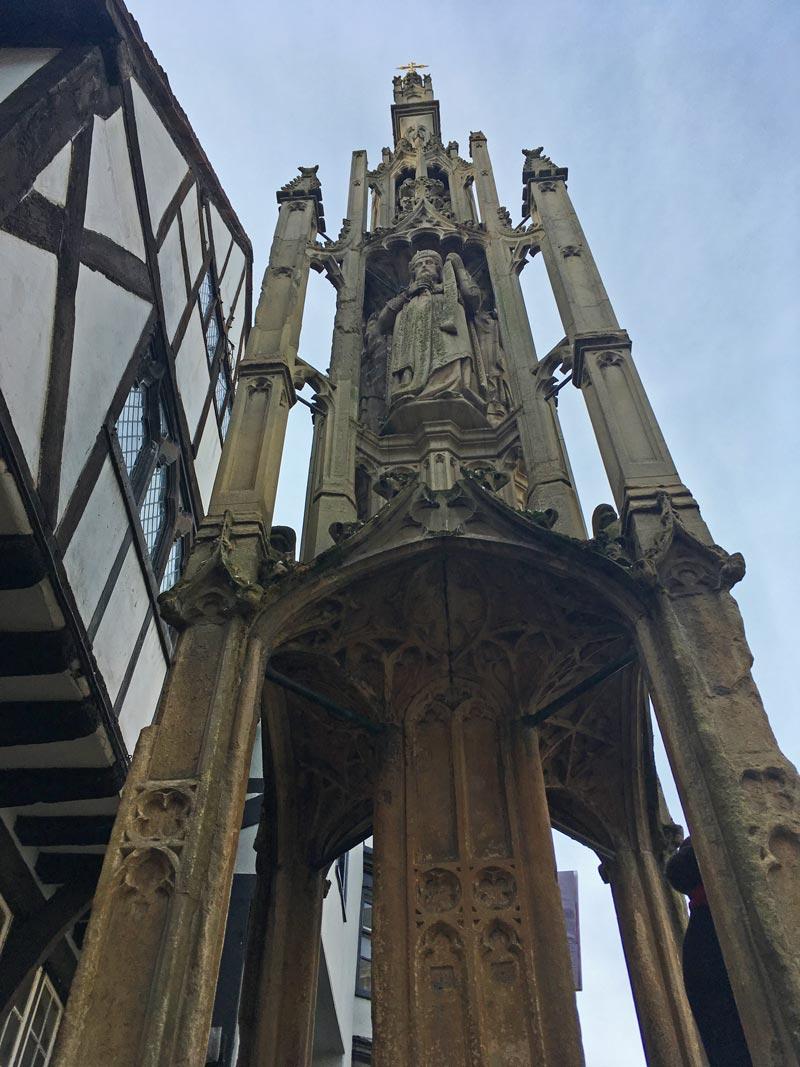



Comments (0)